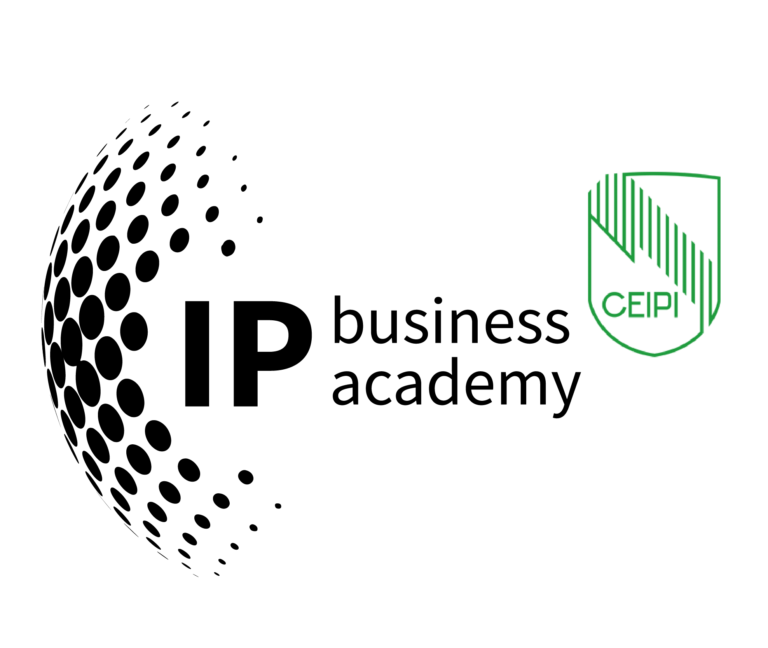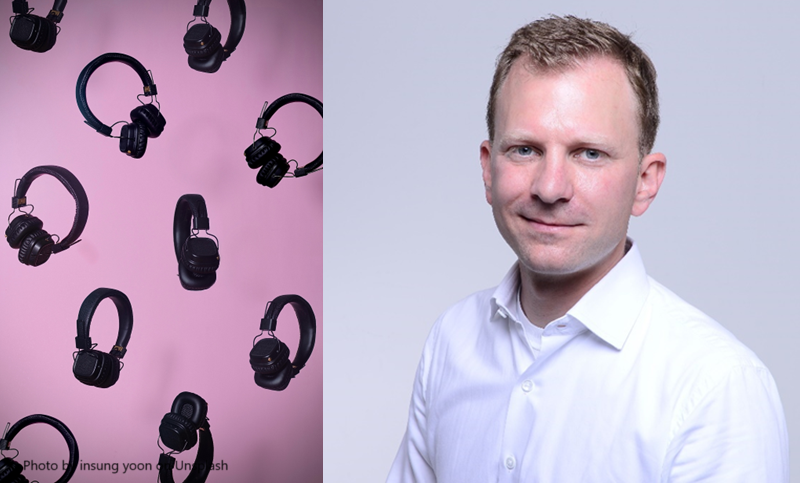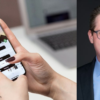What are switching costs? – Case Study: Toniebox
Switching costs are the costs that a consumer or firm incurs when switching brands, suppliers, products, or services. These costs can be monetary, such as the cost of a new service, or non-monetary, such as the time, training or learning curve needed to get used to the new service.
When switching costs are high, they can be a source of competitive advantage. Such competitive advantage can be enhanced and made sustainable through the strategic use of intellectual property (IP). An example that illustrates this perfectly is the Toniebox.
The Toniebox is an audio player for young children with a child-friendly, screen-free and robust design. What makes it special is its ease of use and the unique user experience that also results from the interaction with the Tonie figures (Tonies). Based on these unique selling propositions (USPs), the switching costs of the Toniebox are already significant.
Through the strategic use of IP, it was possible to substantially increase the existing switching costs. For example, patents protect all key functional aspects and user benefits, such as the interaction between the Tonies and the Toniebox and the ease of use. This creates a temporary monopoly on these features which blocks imitation and limits the number of competitors. As a result, customers may find it “costly” to switch to competitors’ products that do not offer the same patented unique features.
In addition, the development of a strong brand equity, which is also based on trademark and design protection, has led to brand loyalty and a growing user community, which increases the non-monetary, such as emotional switching costs.
The example of the Toniebox shows how the strategic use of IP can increase switching costs and create a competitive advantage that is sustainable thereby supporting the overall business strategy.
This diploma project was presented by DU graduate Dr. Ralph Pennekamp in the final oral examination.
About the author
 Dr. Ralph Pennekamp is a certified IP lawyer. From 2009 to 2015, he worked at an international law firm in patent litigation. Since 2016, he’s been an in-house counsel at GEA Group AG in Düsseldorf, in charge of legal IP matters, including IP disputes, IP licenses, and unfair competition.
Dr. Ralph Pennekamp is a certified IP lawyer. From 2009 to 2015, he worked at an international law firm in patent litigation. Since 2016, he’s been an in-house counsel at GEA Group AG in Düsseldorf, in charge of legal IP matters, including IP disputes, IP licenses, and unfair competition.



